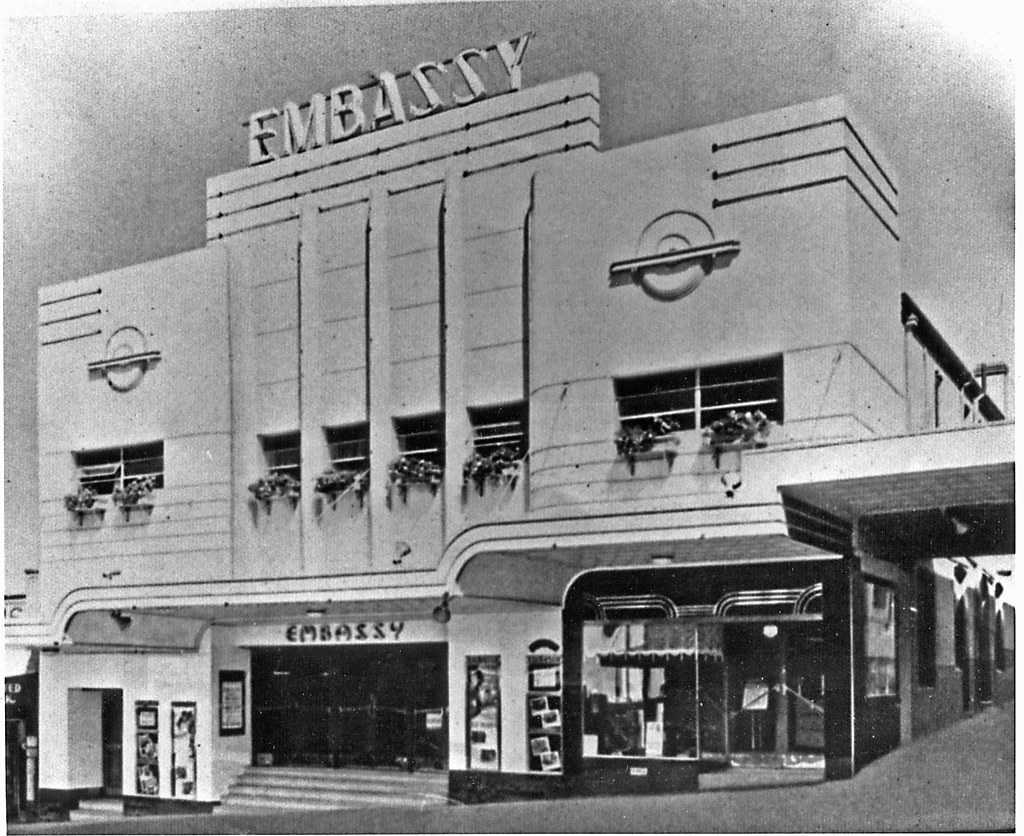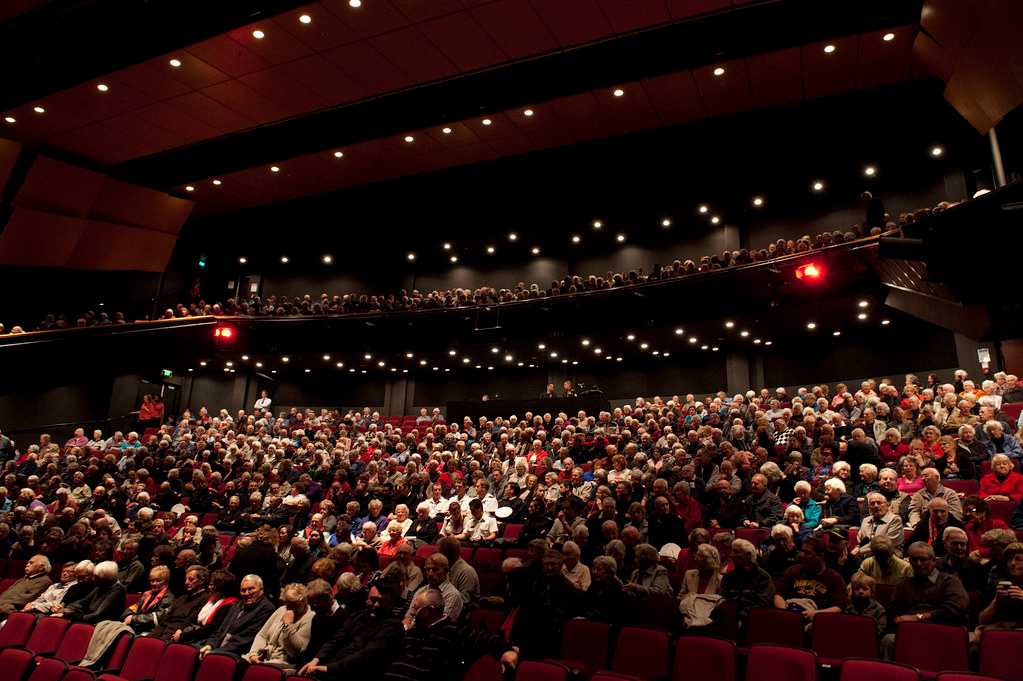Embassy Theatre
Tags : Shows & Theatres
Timings : 10:00 AM to 9:30 PM
Time Required : 3-4 hours
Embassy Theatre, Wellington Overview
Embassy Theatre is a cinema theatre in Wellington, New Zealand. This historic movie theatre, built in the 1920s, could accommodate nearly 1749 people. This theatre is one of the landmarks that tourists would not like to miss out on for its space, architecture, and representation of the country's rich cultural heritage.
EMBASSY THEATRE

Previously known as De Luxe, the very first cinema showcased in the theatre was the 1923 silent film The Ten Commandments. It was the first theatre in New Zealand to screen such movies. Change in ownership led to a change in the theatre's name from De Luxe to Embassy Theatre. This theatre, over many decades, has hosted some of the country's significant programs, which the citizens cherish and associate themselves with being part of the magnificent journey.
Read More on Embassy Theatre
Building History

William Robert Kemball was the owner of Kemball Theatres, a famous theatre company in the 1920s. He wanted to build another theatre and hired Llewellyn Williams for the same. Built in a classic style, this historical building costed a fortune to complete. This theatre was the largest in the Kemball Empire.
The theatre was renovated in the early 2000s for the world premiere screening of The Lord of the Rings: The Return of the King. Wellington City Council aimed to construct an earthquake-proof Embassy theatre and completed the construction of the same in 2010.
Architecture

The theatre consists of stalls, offices and a cinema theatre. It extends to 27 meters along Kent Terrace and around 52 meters along Majoribanks Street. This four-storeyed building’s main entrance was on the Kent Terrace side. The entrance of the theatre contained a ticket counter and toilet facilities. The auditorium was 22 meters wide and 27.7 meters long. There was a screen in front of the auditorium and an orchestra between the screen and the stalls. The orchestra was played only for the first three years of the theatre’s life and then it was replaced by Wurlitzer organ.